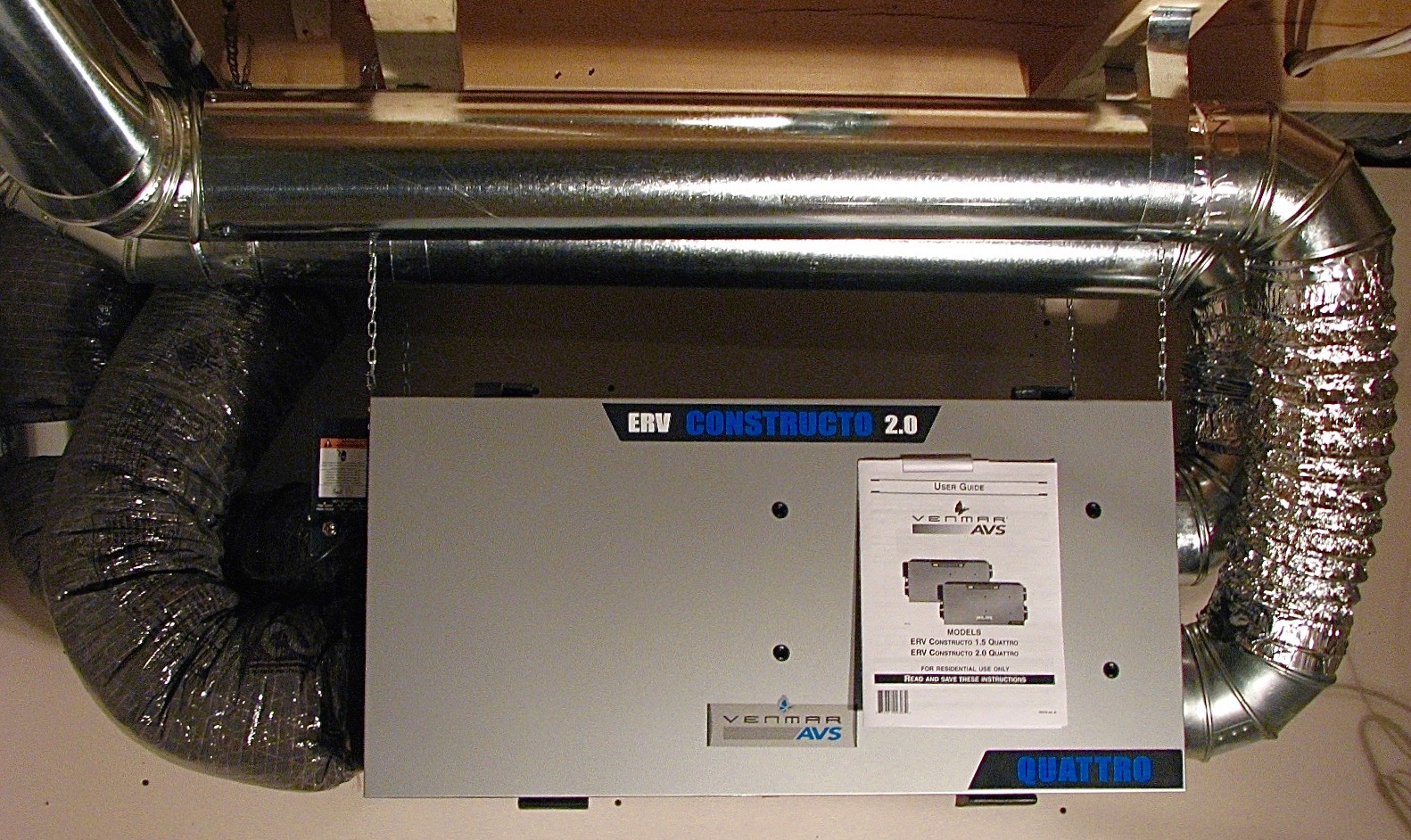Proven Strategies to Care For Your HRV Unit
Wiki Article
Checking out the Perks of Heat Recovery Ventilation for Power Efficiency in Houses
Heat Recovery Ventilation (HRV) systems supply home owners a functional strategy to boosting power efficiency. By reclaiming warmth from outward bound air, these systems can substantially decrease home heating and air conditioning costs. In addition, they supply a stable supply of fresh air, boosting interior air quality and convenience levels. As home owners consider sustainable choices, comprehending the subtleties of HRV systems becomes significantly important. What aspects should one evaluate prior to making such a financial investment?Understanding Heat Recovery Ventilation Systems

How HRV Boosts Indoor Air High Quality

Power Financial Savings: The Economic Advantages of HRV
Taking full advantage of energy effectiveness, heat recovery ventilation (HRV) systems supply substantial economic benefits for homeowners. By recouping and reusing heat from exhaust air, HRVs noticeably lower home heating and cooling expenses. This technology can lead to power cost savings of up to 30%, depending on environment and usage patterns. Homeowners frequently notice lowered energy expenses shortly after setup, making HRVs a monetarily smart investment gradually. Furthermore, numerous areas supply incentives or rebates for energy-efficient upgrades, further improving the monetary appeal. As energy rates remain to climb, the cost-effectiveness of HRVs becomes progressively clear. Overall, the incorporation of HRV systems not only advertises energy efficiency but likewise adds to lasting financial cost savings for houses.The Environmental Influence of Heat Recovery Ventilation
A considerable environmental benefit of heat recovery ventilation (HRV) systems hinges on their capacity to decrease total power usage. By reclaiming heat from exhaust air and transferring it to inbound fresh air, HRV systems minimize the need for energy-intensive home heating and cooling down methods. This decrease in power demand contributes to lower greenhouse gas discharges, as less nonrenewable fuel source is needed to preserve comfy interior temperature levels. In addition, HRV systems boost indoor air top quality by efficiently trading stagnant air with fresh outside air, reducing reliance on mechanical cooling systems that can hurt the atmosphere. Generally, the application of HRV systems sustains lasting living methods and lines up with global efforts to battle environment modification by advertising power effectiveness in property settings.
Selecting the Right HRV System for Your Home
Just how can house owners ensure they pick the appropriate heat recovery ventilation (HRV) system for their needs? Initially, they ought to assess their home's dimension and layout, as these variables affect air movement needs. Next, examining the system's efficiency ratings is important, as greater scores suggest better efficiency and energy savings. Homeowners need to also think about installment and upkeep expenses, contrasting various brand names and models for value. Additionally, it is very important to assess sound levels, as some systems operate more silently than others. Consulting with a/c professionals can supply tailored referrals based on particular home problems. Examining individual evaluations and warranties can aid in making an educated choice, guaranteeing that the picked HRV system efficiently improves interior air quality and energy efficiency.Often Asked Concerns

How Commonly Should I Clean or Preserve My HRV System?
The frequency of cleaning or preserving a warm healing ventilation (HRV) system commonly depends on use and environmental aspects. Typically, it is a good idea to do upkeep every 6 months to guarantee peak efficiency and air high quality.
Can HRV Systems Help In Reducing Humidity Degrees Indoors?
HRV systems can effectively lower interior humidity degrees by exchanging stagnant, damp air with fresh, drier air from outside. HRV Heat Recovery Ventilation. This process helps keep a balanced indoor atmosphere, boosting convenience and protecting against moisture-related issues
What Is the Life expectancy of a Common HRV System?
The life expectancy of a common heat recovery ventilation (HRV) system varies, usually lasting in between 10 to 15 years. Routine upkeep can extend its performance and operational life, making sure peak performance throughout its usage period.Exist Any Kind Of Sound Worry About HRV Systems?
Noise interest in HRV systems can develop, specifically from fan operation. However, many contemporary devices are created to reduce sound levels, ensuring they operate quietly while preserving effectiveness, which addresses potential disturbances in living settings.Can I Set Up an HRV System Myself, or Do I Need a Professional?
The private contemplated whether to set up the heat recovery ventilation (HRV) system directly or hire a specialist. Generally, while DIY installation is feasible, proficiency guarantees correct performance and conformity with neighborhood building ordinance, HRV Heat Recovery Ventilation boosting system efficiency.Report this wiki page